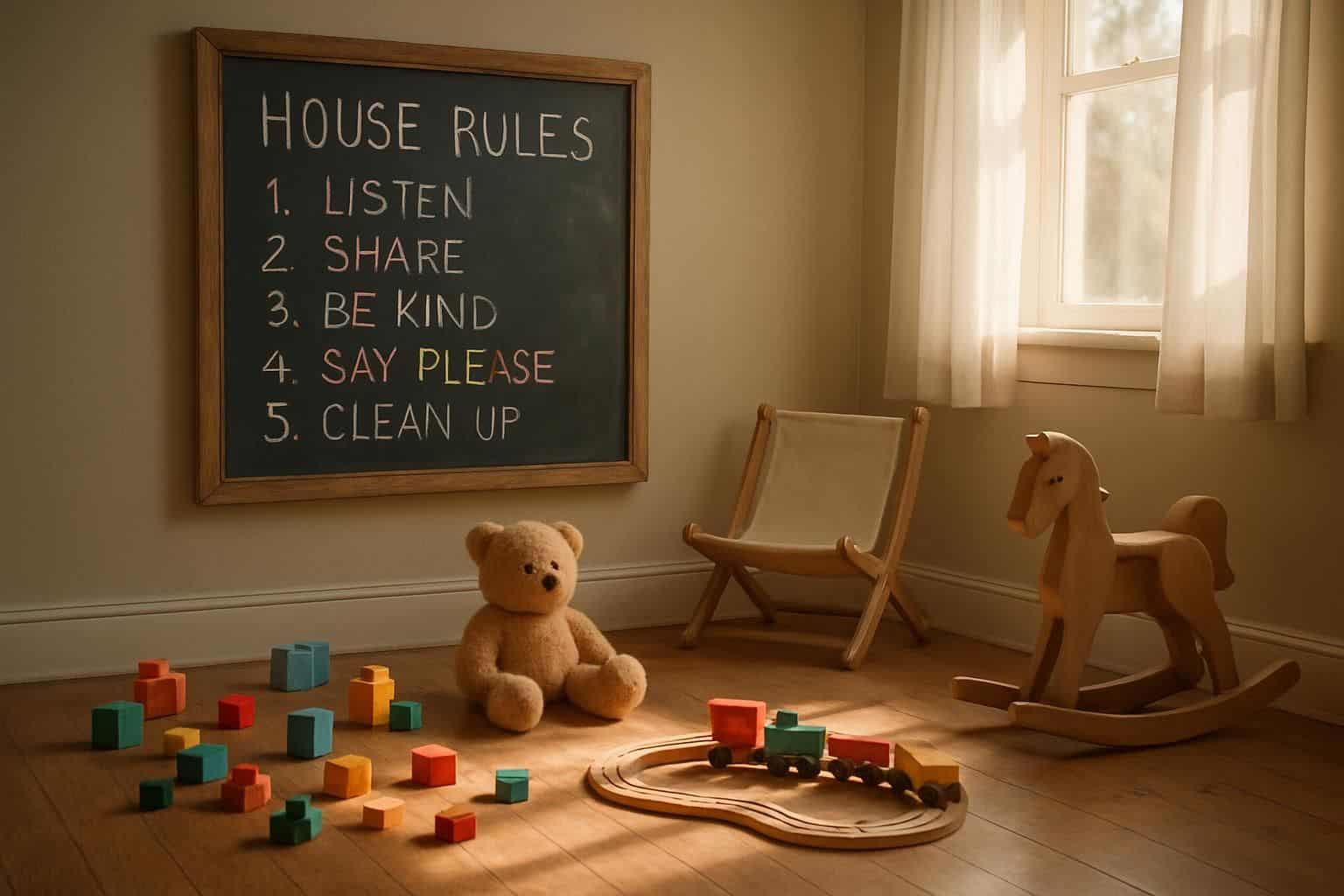Are you worried your “good cop bad cop parenting” might confuse your child? This style uses one kind parent and one strict disciplinarian to set limits at home. In this blog, you’ll learn practical tips to create a united parenting front and avoid common mistakes.
Read on for simple ways to raise healthy kids without confusion or guilt.
Key Takeaways
Good cop-bad cop parenting confuses kids—with one parent firm and the other easy-going, children struggle to understand clear rules and limits.
Kids might prefer the softer parent’s style while worrying about upsetting the stricter one, causing anxiety, stress, and even trouble building trust years later as adults.
Many parents slip into this pattern without realizing it, creating tension between partners, and making it tough to set reliable boundaries.
Consider kinder methods like positive reinforcement, setting clear but gentle limits, and solving family challenges as a united team.
Successful parenting means discussing disagreements privately, backing each other up openly, and always putting your child’s feelings first, instead of competing for control.
Table of Contents
What is Good Cop-Bad Cop Parenting?
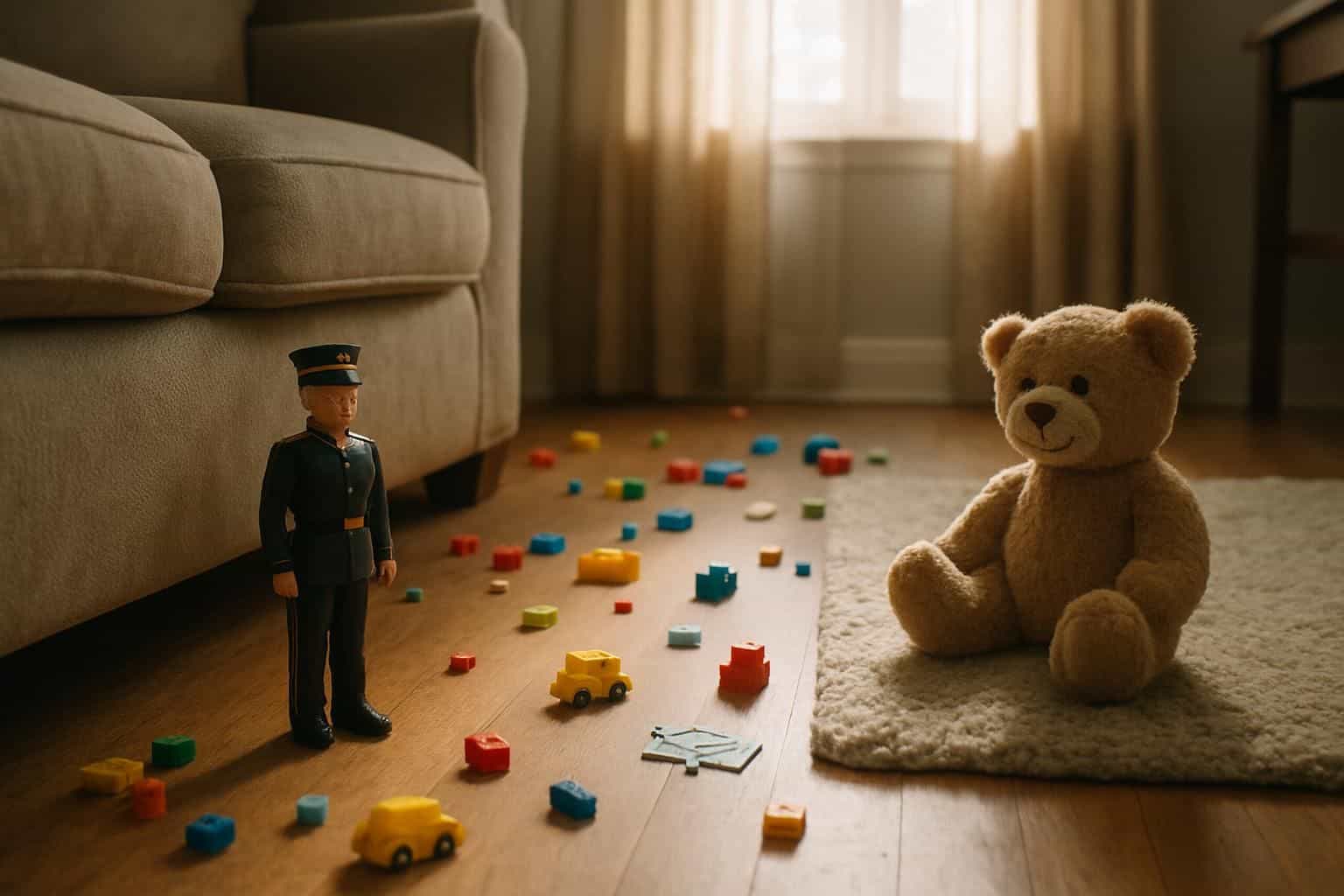 Good Cop-Bad Cop parenting splits responsibilities between two adults in a household. One parent acts like the “good cop”, offering warmth, treats, and easygoing moments. The other parent steps in as the “bad cop”, enforcing rules and handing out discipline.
Good Cop-Bad Cop parenting splits responsibilities between two adults in a household. One parent acts like the “good cop”, offering warmth, treats, and easygoing moments. The other parent steps in as the “bad cop”, enforcing rules and handing out discipline.
Families often drift into this parenting style without planning to. It might seem like a good balance of fun and structure—both essential for healthy child development.
For example, the stricter parent might set firm expectations about finishing homework before playtime. Meanwhile, the relaxed parent may quietly slip the kids an extra scoop of ice cream as a reward.
The biggest challenge in co-parenting isn’t the different styles, but the lack of a united message to children.
In my home growing up, I personally experienced this dynamic. My dad enforced early bedtimes with firmness, but my mom would sneak cookies to us once he fell asleep. This difference in behavior caused genuine confusion over rules and expectations.
Although splitting parenting roles into strict and nurturing parts might seem natural, it often results in unclear messages. Kids thrive on clear boundaries and consistent communication from both parents, feeling safer and more confident about what’s expected of them.
How Does Good Cop-Bad Cop Parenting Work?
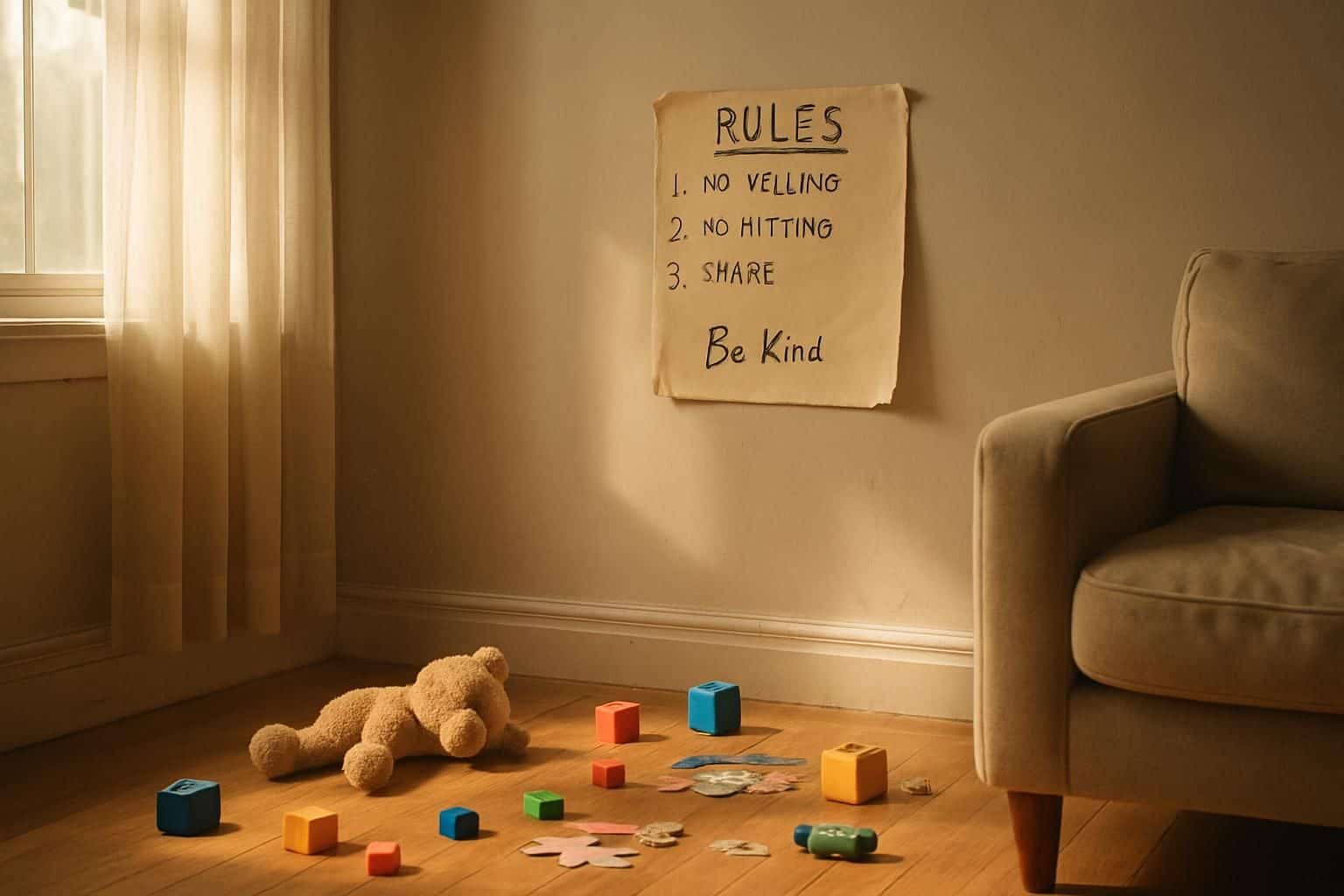
The “good cop-bad cop” approach puts parents into opposite roles. One parent sets strict rules and hands out discipline, while the other acts softer—offering comfort or fun after punishment.
I’ve noticed this often, even in my sister’s household. Her husband is usually the tough rule-maker, deciding curfews, checking homework, and managing screen time. She typically steps in later, bringing hugs, treats, and sympathy.
The kids quickly realize Dad usually says no, but Mom might give in. They soon learn to approach Mom for favors or special requests, knowing where they’ll get the better deal.
This parenting method can cause plenty of confusion and mixed signals. Kids start feeling unsure about the rules and may blame the stricter parent, calling them mean or unfair. My friend’s daughter once mentioned to me, “Daddy is always angry, but Mommy understands me”, highlighting just how differently children view each parent’s role.
Over time, the disciplinarian runs a real risk of seeming distant or harsh, creating an emotional gap that feels hard to overcome.
On top of child confusion, the parents themselves can suffer too. The stricter parent might begin resenting the other’s closeness with the kids, sometimes growing jealous of that easier bond.
Meanwhile, the softer parent could start getting annoyed, feeling their partner constantly undermines their authority or weakens their position. All this friction makes home life tense, creating unnecessary stress and strain on everyone involved.
Effects of Good Cop-Bad Cop Parenting on Children
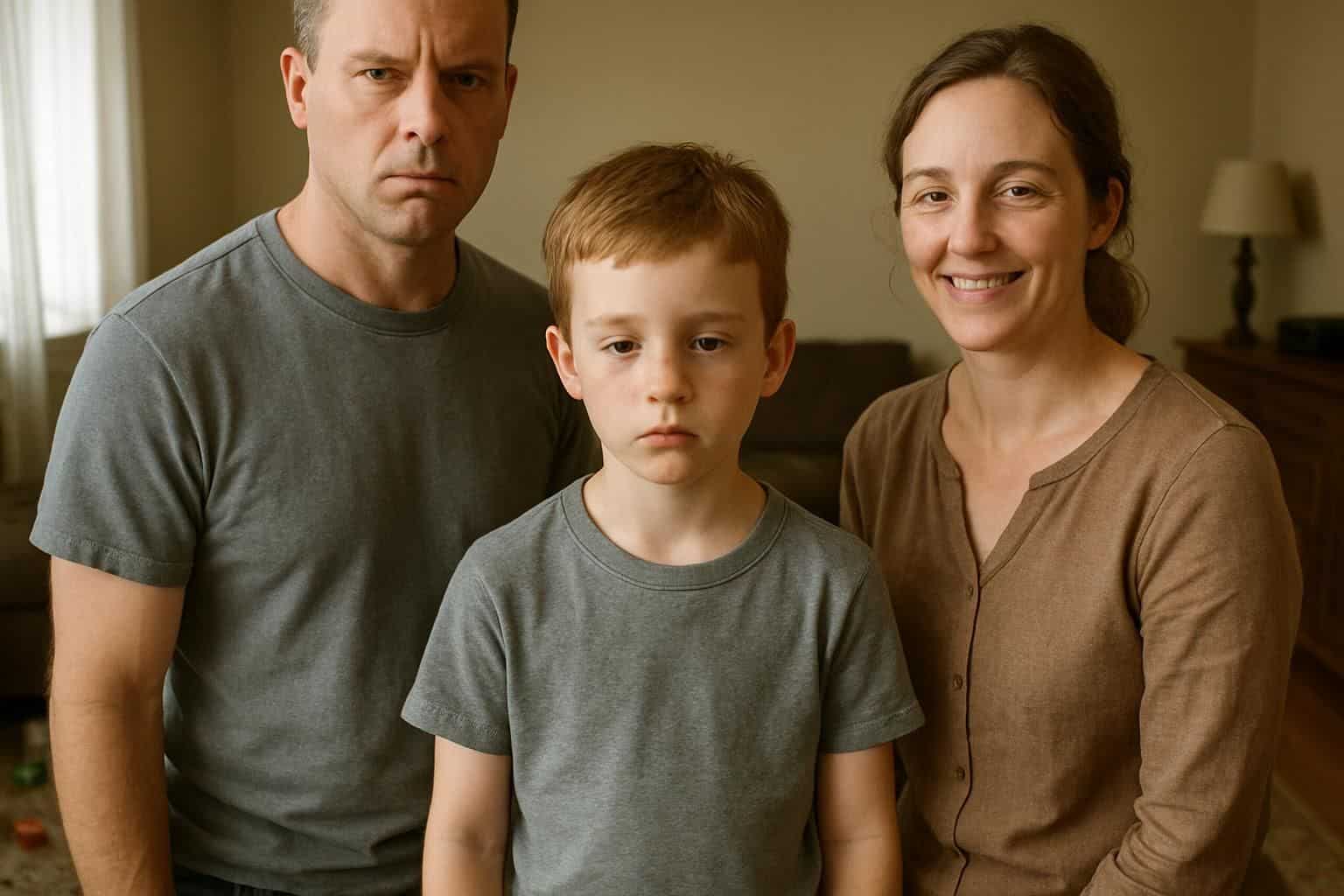
Good cop-bad cop parenting affects kids in serious ways, from mixed signals that lead to acting out, to deep trust issues that can last into adult life – read on to learn how this common but harmful pattern shapes your child’s mental health.
Confusion and inconsistent boundaries
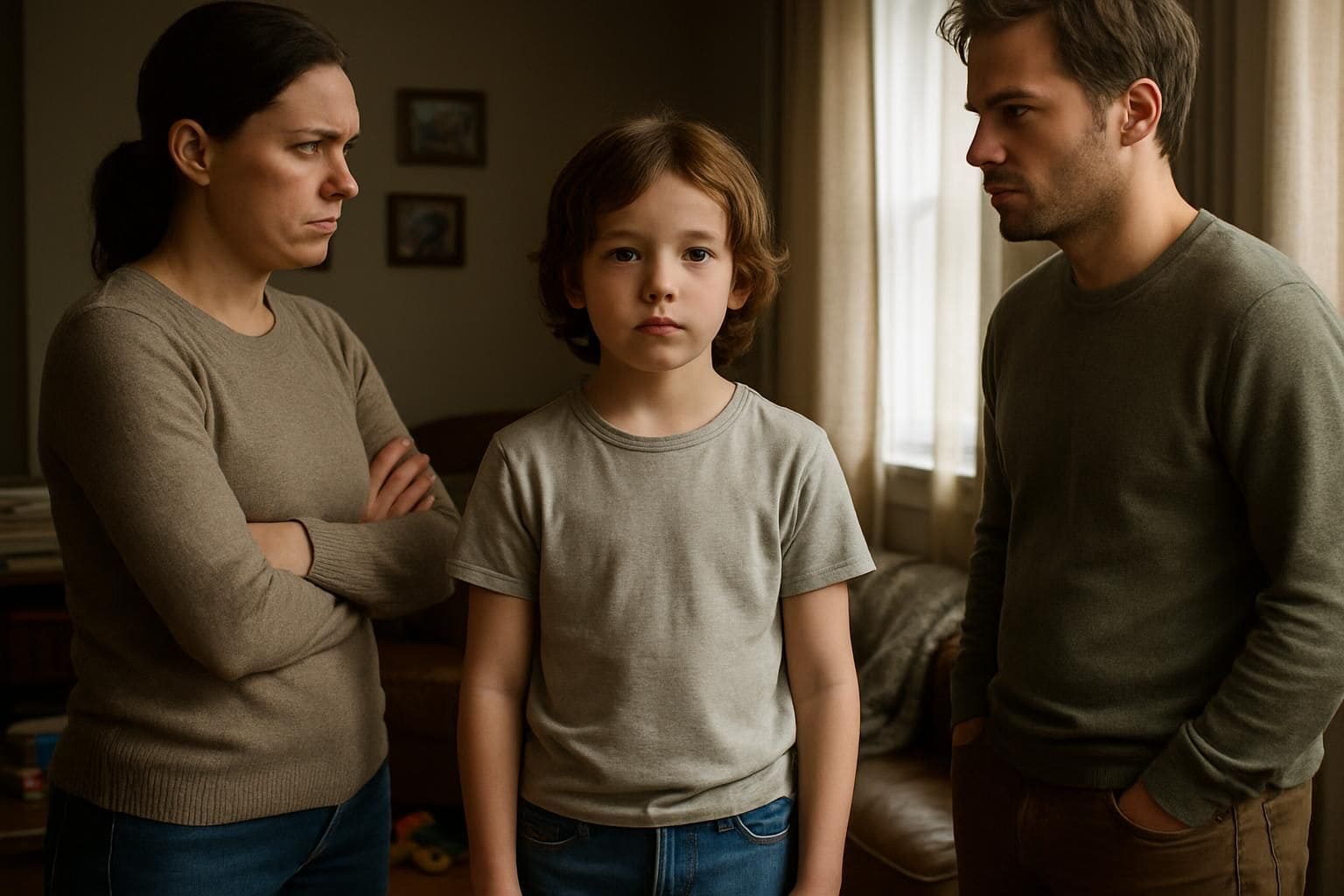
Kids do best with clear, consistent rules. If one parent sets strict boundaries, while the other hardly enforces anything, children feel confused. They struggle to know which rules really count, and this uncertainty makes them test limits even more.
Often, kids quickly notice they can approach the lenient parent if the strict parent says “no”. This habit teaches children to continually push boundaries until they finally get their way—eventually worsening their behavior.
Many parents don’t realize how these mixed signals can trigger repeated tantrums and testing.
But the harm affects more than just behavior. Kids’ mental health can suffer from never quite knowing what reaction to expect. Feeling uncertain about which parent’s rule applies in a given situation leads to increased anxiety.
It can also spark irritability and aggression, as kids fight to understand their family’s routines and relationships.
Since finding a perfect parent isn’t realistic, the practical key is simple: set consistent limits both parents agree to enforce.
Let’s look closely at how inconsistent parenting impacts children’s emotional health.
Impact on emotional well-being
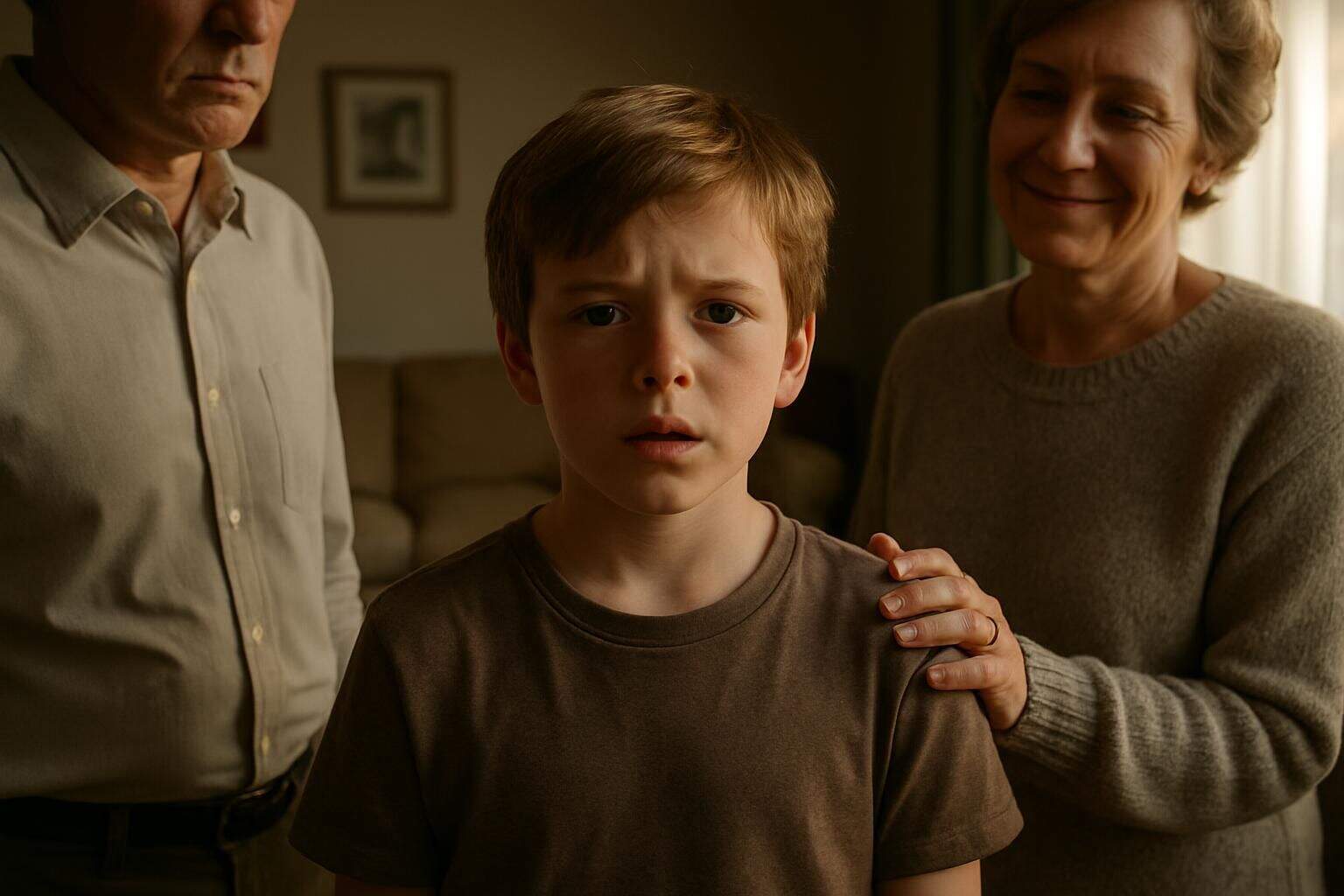
Mixed parenting signals can deeply affect a child’s emotional health. Children stuck in a good cop-bad cop parenting style often feel emotionally divided between their parents. They may favor the kinder parent, while feeling scared around the stricter one.
This dynamic can cause guilt, anxiety, and stress—all feelings that may linger well into later life.
Children need emotional security that comes from consistent parental support.
Due to ongoing stress, children might hide their feelings or act out. I noticed this personally with my daughter’s friend, whose parents relied on this parenting style. She grew quiet and shy at school and struggled to trust adults.
Often, the parent spending more hours with the child becomes stricter, unfairly taking on that harsher role. Such imbalance harms children’s feelings of safety, making it difficult for them to learn healthy ways of dealing with life’s ups and downs.
Relationship dynamics with each parent

Emotional struggles can often create tricky parent-child relationships. Kids form distinct connections with each parent in the classic “good cop-bad cop” setup. The “good cop” parent usually becomes the child’s comfort zone—a safe and easy place to land.
Children naturally run to this parent, feeling heard, understood, and supported. I’ve seen this myself; my own daughter would rush straight to me if her dad turned down a request.
On the flip side, life isn’t easy for the “bad cop” parent. Kids tend to keep their feelings quiet around this parent, afraid of judgment or punishment. It can lead to an uneven family dynamic, with one parent carrying all the emotional weight and the other focused mostly on setting boundaries.
With time, children might learn to take advantage of this imbalance. They can pit one parent against the other, trying to squeeze out a better deal. These family games chip away at trust and communication skills, setting kids up for unhealthy relationships as adults.
Challenges for Parents Using This Approach
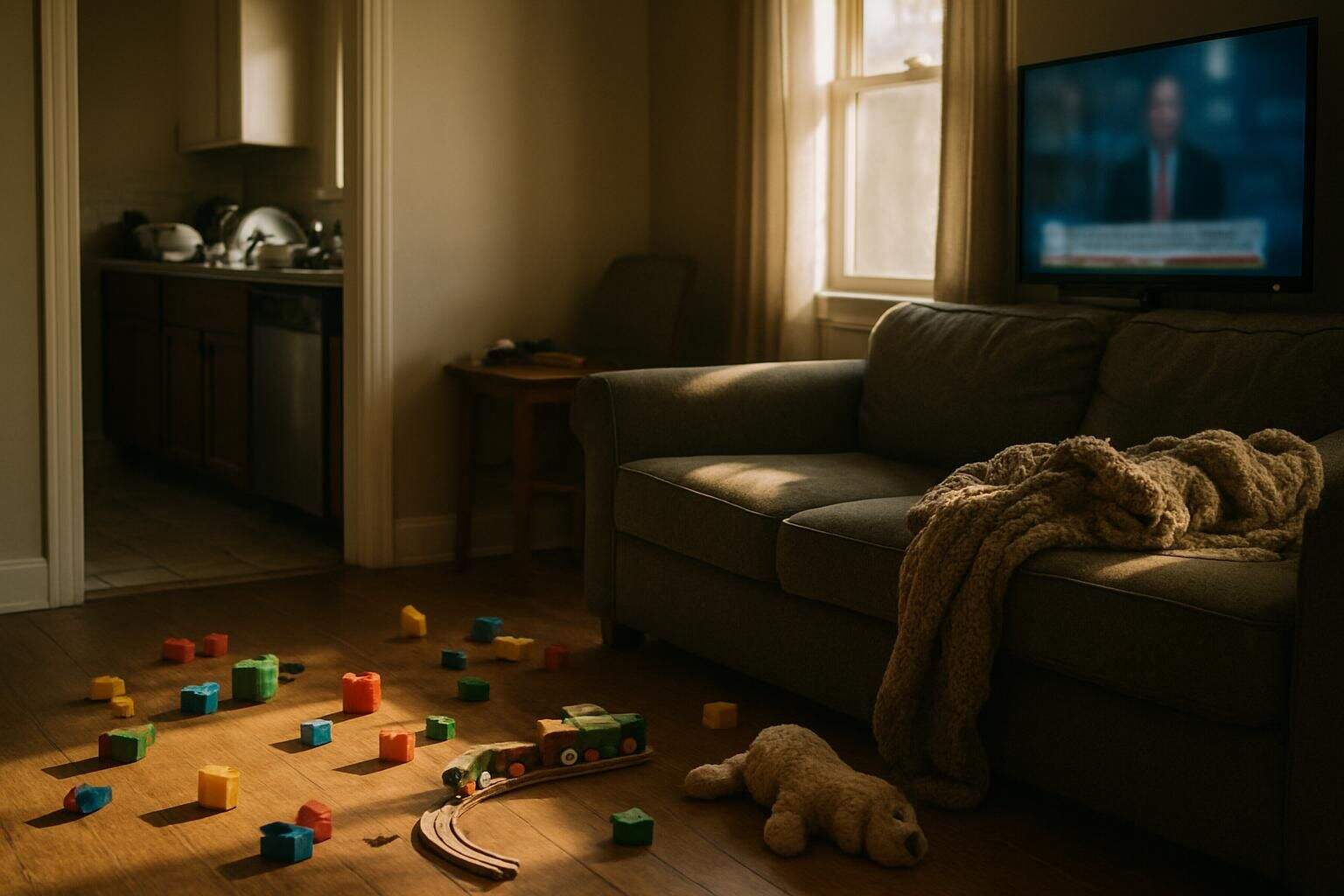
Parents who fall into the good cop-bad cop trap often face deep rifts in their own bond. These cracks in their team approach can lead to power struggles and make it hard to stay on the same page about rules.
Strained parental relationships
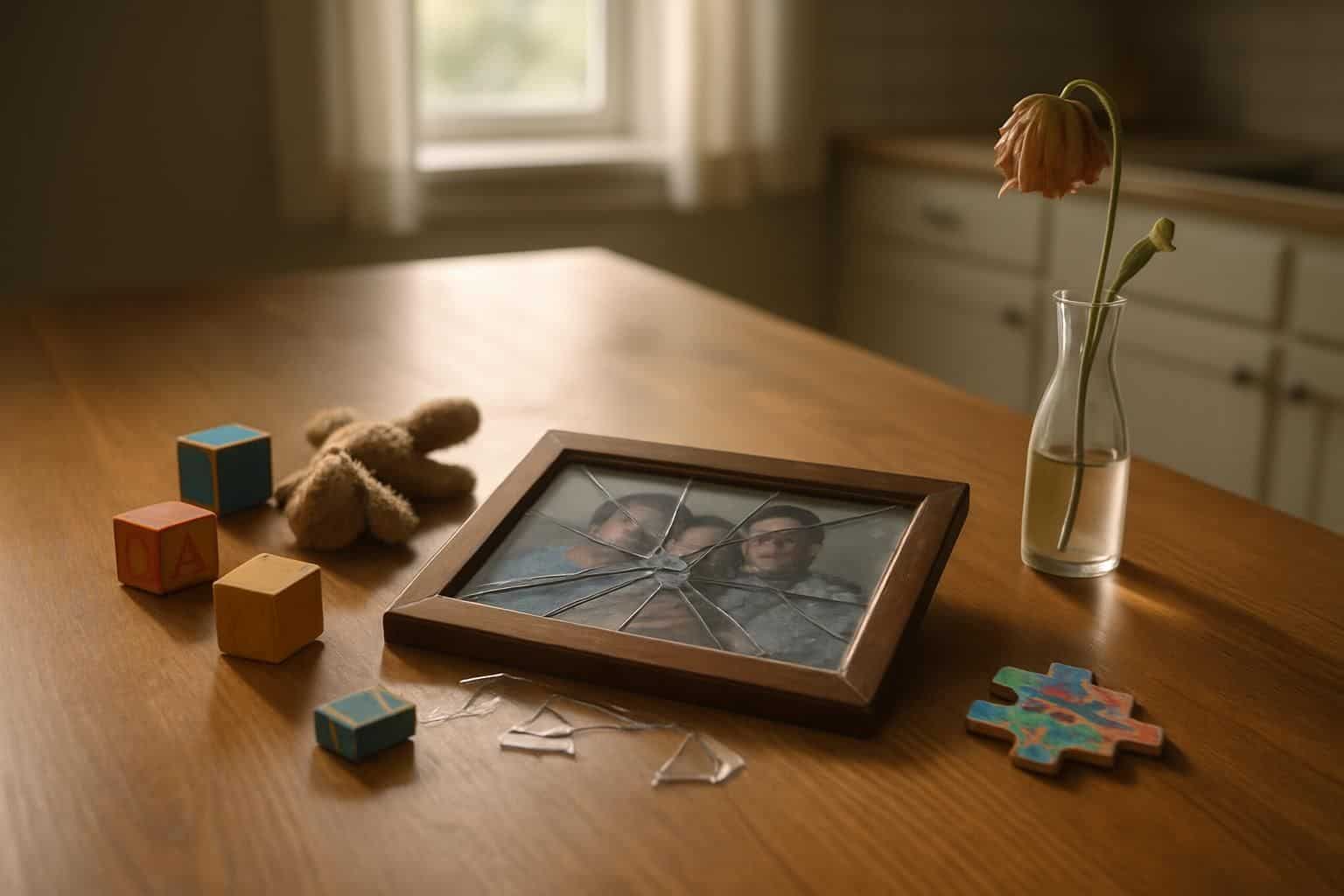
Good cop-bad cop parenting can place enormous strain on a couple’s bond. Often, one partner feels trapped doing all the tough discipline, while the other enjoys being playful and relaxed.
I’ve experienced this myself—I remember feeling resentful seeing my husband welcomed with hugs after I’d spent hours enforcing rules. Tension grows deeper if both sides don’t openly discuss their roles.
The stricter parent can feel judged, isolated, and unsupported. Meanwhile, the more easygoing partner may secretly think their spouse is overly harsh. These divisions can quietly fuel a cold war at home, and kids pick up the tension right away.
The most harmful thing for children isn’t conflict itself, but conflict that goes unresolved.
This issue damages trust between parents, too. The partner who usually handles discipline may become lonely and frustrated, believing they’re carrying too heavy a load. On the flip side, the more laid-back parent may feel excluded from major parenting decisions.
Both sides feel misunderstood—and that separation makes teamwork tricky in other family matters. Over time, couples stop supporting each other openly in front of their kids, making it even tougher to be a good mom or dad who sets clear guidelines.
Disagreements about parenting can quickly leak into other areas of the relationship, building stress that feeds a tough-to-break cycle.
Difficulty maintaining consistency
Strained relationships between parents often lead to inconsistent rules at home. Playing “good cop-bad cop” makes sticking to one set of rules tough. One parent might say TV is fine after 8 PM, while the other bans screen time after dinner.
This switching back and forth leaves kids confused—they can’t figure out what’s really allowed.
I’ve experienced this myself. My husband would say yes to ice cream right before bedtime, leaving me to handle kids bouncing off the walls from a sugar rush. When parents openly disagree in front of children, it weakens their authority as a united team.
Kids quickly figure out who’s more likely to say “yes” and ask that parent first. Before long, this habit makes setting clear boundaries almost impossible. A consistent approach to discipline helps kids feel secure and stops the confusion at home.
How to Move Away from Good Cop-Bad Cop Parenting
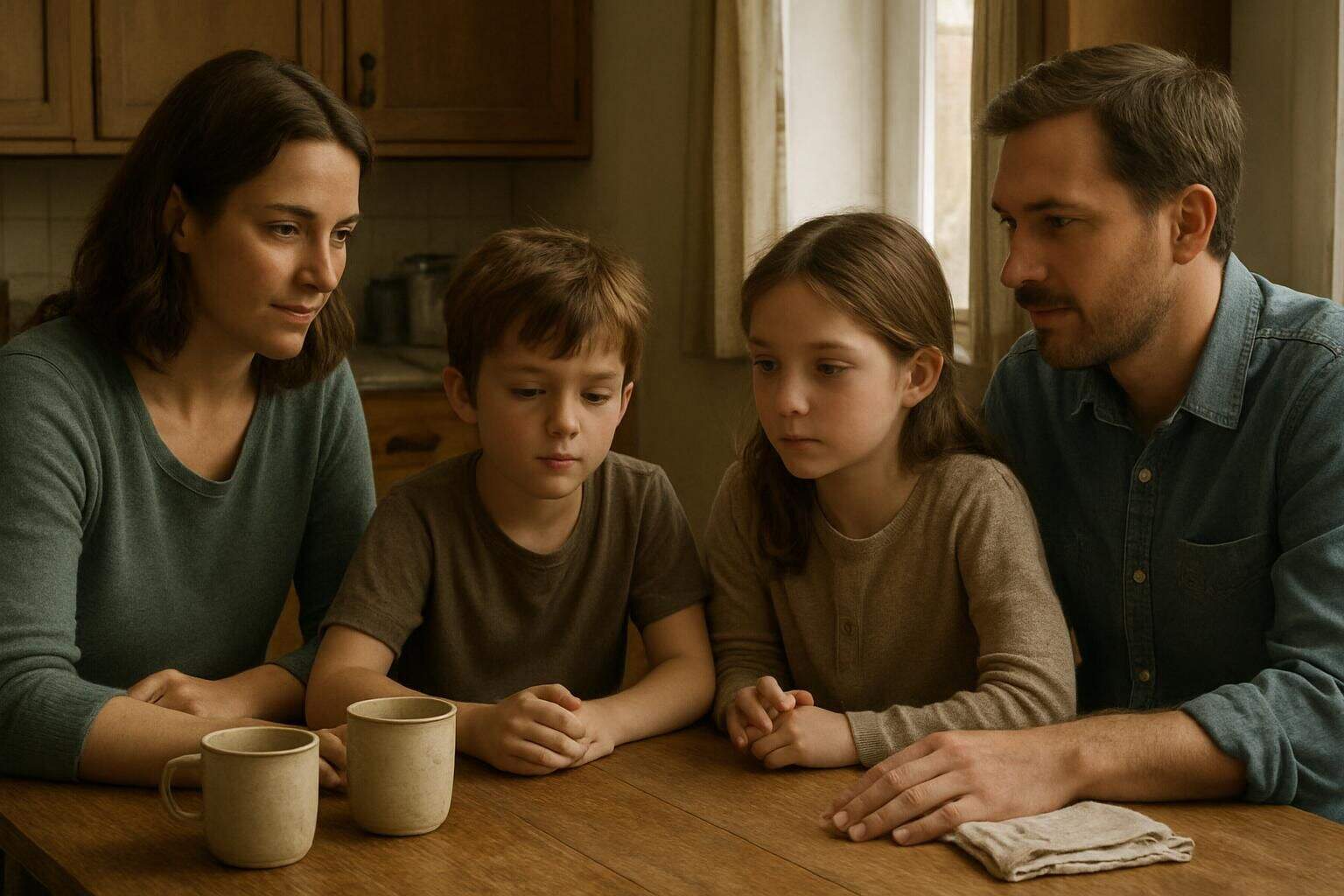
Breaking free from the good cop-bad cop cycle takes real teamwork and honest talks. Parents can shift to a more united approach by setting clear rules together and backing each other up in front of the kids.
Agree on unified parenting strategies
Parents should sit together and plan clear guidelines for rules and discipline at home. My husband and I used to struggle—until we listed our absolute musts versus areas we could loosen up on.
Now, we talk openly about major parenting decisions before we finalize them. This simple habit alone reduced conflicts between us by half!
A smart tactic involves choosing specific times to discuss parenting matters privately, away from the kids. In these chats, focus on balancing strictness and flexibility, meeting in the middle so neither parent feels ignored or overruled.
Your kids benefit greatly from having parents who feel like partners rather than opponents.
United parents present a clear message to children: our family has consistent values and expectations that don’t change based on which parent you ask.
Setting up a clear parenting plan allows each parent to know exactly when to hold firm and when to relax a bit. Start with the topics you both already agree upon, then respectfully discuss the tougher points.
This method is especially helpful if your family faces issues like kids showing disrespect or openly defying rules. From there, work on open communication about raising your kids—without accidentally weakening each other’s authority.
Communicate openly as co-parents
Once co-parents agree on shared parenting methods, open communication comes next. Clear conversations keep everyone aligned on household rules and parenting decisions. In our family—even brief weekly talks, just about 15 minutes, made parenting together much smoother.
Those short meetings let us openly share concerns, successes, or upcoming plans away from the kids.
Effective co-parent conversations are all about good listening. During your short weekly catch-ups, zero in on important situations needing a unified approach. One mom shared with me that she always writes three key points to cover each week—this keeps the talk focused and stops it from drifting off-topic.
Good communication can also prevent the tension caused by one parent being labeled “strict” and the other “fun”, something that often confuses kids and causes stress at home. Regular, open chats build trust between parents—and having that bond makes backing each other up easier during tougher parenting moments.
Set clear and consistent boundaries
Kids do best with simple, consistent rules they can count on every day. Parents should work together to set firm boundaries on things like bedtime, chores, and screen usage. Grab some paper and sit down with your co-parent to list a few clear, non-negotiable guidelines.
Then post this list somewhere everyone sees often—like the kitchen fridge. Doing this cuts down on confusion, avoiding those tricky moments when one parent says yes and the other says no.
Having clear family rules provides kids with security—not just limits. Lots of moms notice fewer arguments with teens when both parents stick firmly to the same guidelines. Discipline shouldn’t fall entirely on the stricter parent while the other enjoys all the fun moments.
Share the responsibility equally, and your kids will learn to trust and respect you both. Even families dealing with oppositional defiant disorder benefit greatly from steady, consistent rules, as structure often provides the calm that children need.
Alternatives to Good Cop-Bad Cop Parenting
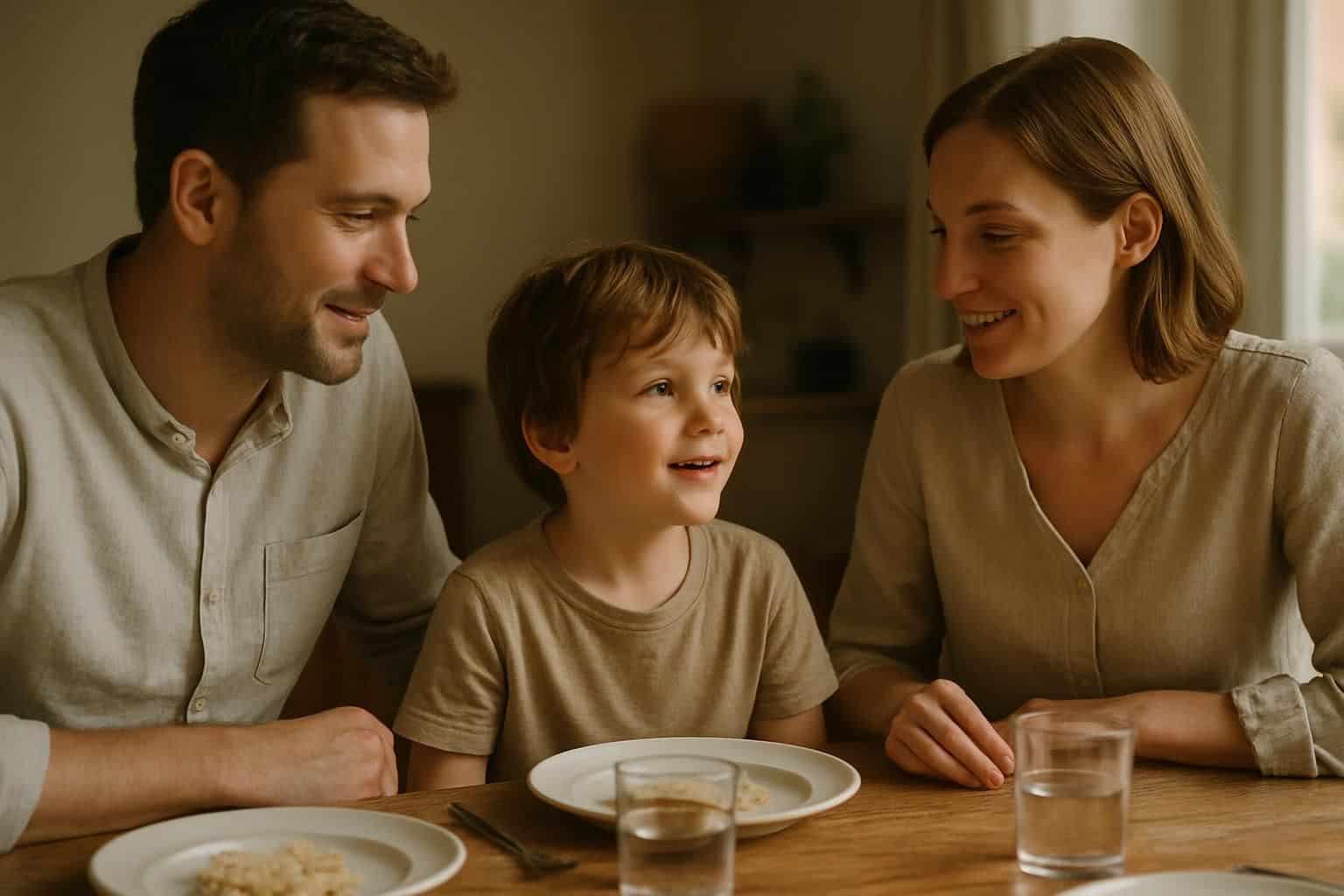
Better options exist for parents who want to break free from the good cop-bad cop trap. You can try methods that blend kindness with clear limits, focus on praising good behavior, or solve problems as a team with your child.
Kind and firm parenting
Kind but firm parenting offers a balanced approach many moms find more effective than playing good cop-bad cop. This parenting style clearly sets limits, yet also shows kids warmth, respect, and love.
Parents who choose this method stay calm in conflicts, instead of yelling or giving in. They pay attention to their child’s feelings but still uphold family rules. As a result, their homes become places where kids feel safe, secure, and valued.
Teamwork is key to making this parenting method effective, especially for families dealing with challenging behaviors. Mom and dad must agree on basic family rules, then follow through together.
For instance, parents can alternate handling homework duties or share bedtime routines equally. Working together this way prevents one parent from seeming overly strict and the other parent becoming too easy-going.
This consistency creates clear boundaries. With clear boundaries, kids often grow up feeling more secure and develop stronger self-control skills than kids receiving mixed parental signals.
Positive reinforcement techniques
Positive reinforcement helps kids learn good behavior faster and easier. I’ve seen with my own children how praising their effort, instead of pointing out mistakes, quickly builds confidence.
Little rewards—stickers, extra playtime, or even just words of praise—help kids link positive actions to happy results. Parents can take this approach even further by staying calm in moments where kids break rules, because yelling just sends the message that shouting solves issues.
Sticking to this method regularly is key to shaping better behavior through rewards. Many parents notice that clear rules, along with specific compliments, help kids grasp what’s expected at home.
For instance, saying something like, “I’m proud you cleaned up your toys without me asking”, gives kids a clearer lesson than just saying, “Good job”. Teens especially respond well to this style—they want freedom, but also crave clear guidance.
The best part about positive reinforcement is that it lowers stress at home, while helping kids develop lasting self-control into their adult years.
Collaborative problem-solving
Collaborative problem-solving strengthens family bonds by boosting teamwork. Instead of one parent deciding all the rules, parents and kids sit together and work through issues. This approach helps families who struggle with parenting disagreements, giving each person an equal chance to speak.
Children get an opportunity to openly share their thoughts about family situations, while parents communicate their own perspectives. Both parents need to take part in discipline tasks to build balanced, healthy relationships with their kids.
Solving problems as a family involves simple, clear steps. First, clearly identify the issue at hand. Next, talk through different possible solutions, allowing everyone to suggest their ideas.
After that, pick the solution that everyone finds acceptable. Many parents use quiet signals to keep discussions united and peaceful, avoiding unnecessary arguments. This style makes sure kids feel included and valued, even as they respect their parents’ rules and guidelines.
Teenagers often respond well to this method—it eases frustration and strengthens their confidence in the family relationship, instead of sparking power struggles that only complicate matters.
Tips for Effective Co-Parenting
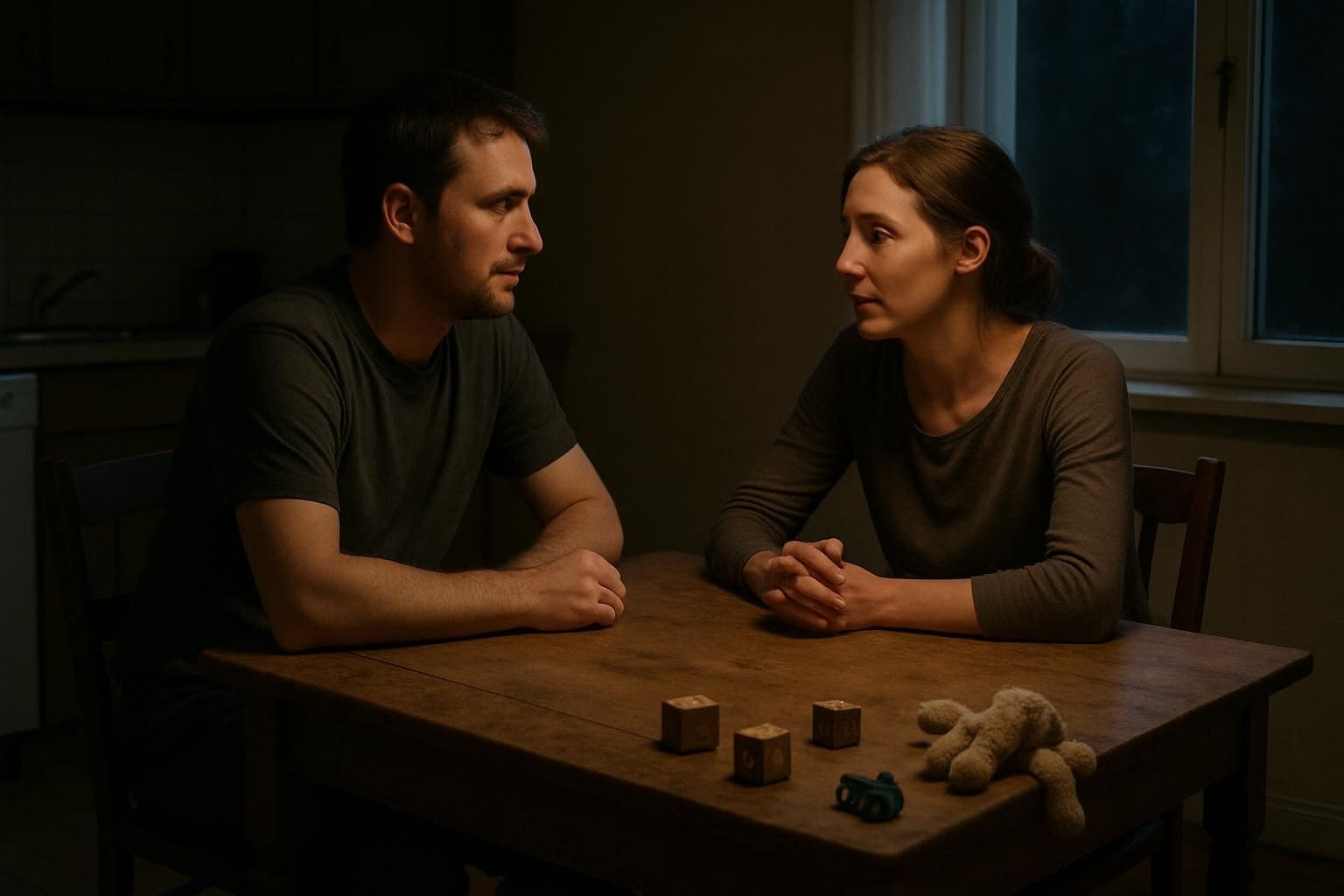
Effective co-parenting needs both parents to work as a team, talk through issues away from the kids, and back each other up even when they don’t fully agree – read on to learn how you can build a stronger family unit without falling into the good cop-bad cop trap.
Talk through disagreements privately
Parents deserve a private place to discuss parenting decisions openly. Kids shouldn’t see their parents arguing over rules or punishments. My husband and I have a quiet hand gesture we use if we disagree about managing our daughter’s behavior.
One simple signal lets us know it’s time to step aside and chat privately. These calm discussions prevent us from falling into the “good cop-bad cop” pattern, which only causes tension.
We always listen carefully to each other’s ideas without anger or blame. Maintaining our unity prevents our child from trying to turn one parent against the other. Kids naturally feel safer seeing their parents as teammates instead of rivals.
Strong co-parents handle tough talks away from children’s eyes and ears. This habit creates trust between parents and protects kids from feeling caught between them. Using a clear, discreet signal with your partner can ease even the toughest moments.
I’ve personally noticed that stepping away quietly for five minutes to calmly discuss issues works much better than spending hours fixing a fight that happened openly. This basic habit promotes harmony in the home and sets clear boundaries for everyone.
Your kids will grow into confident adults who value peaceful conflict resolution, thanks to this sense of stability at home.
Support each other’s decisions
Supporting your partner’s parenting decisions builds a strong family team. Kids quickly notice when their parents aren’t aligned, which can make them feel unsure or anxious. Your child might even test boundaries by trying to divide your opinions—but standing together with your partner puts a stop to that quickly.
Showing a solid and respectful partnership also teaches your kids what a healthy relationship looks like.
A strong parenting partnership means supporting each other’s decisions, even if you have some doubt at first. Talk privately about parenting differences away from your children’s hearing.
That way, you avoid falling into roles where one parent is always tough, and the other always gives in. Kids do best with clear, consistent rules and dependable reactions from both parents.
Now, let’s talk about ways to always keep your child’s needs at the center of your parenting decisions.
Focus on the child’s best interests
Kids do best with parents who prioritize their needs, not those stuck in endless battles for control. In my years as a family counselor, I’ve seen children blossom when their parents make decisions based on what’s truly good for them, rather than what satisfies their own egos.
Kids trapped between one strict parent and another too easygoing often become confused and anxious. The strongest parenting teams I’ve worked with communicate openly and plan together—even if privately they’re unsure or disagree.
Court records even reveal children’s emotional stress drops dramatically when parents focus on their child’s well-being instead of winning fights. Providing a united front creates a calm, safe space that kids need to grow without confusion.
Healthy family relationships improve once both parents stop and ask, “Will this help our child?” before setting rules or making exceptions. This simple habit clears away personal bias and builds consistent boundaries kids can easily follow.
Successful co-parenting demands regular check-ins about shared goals and core values, rather than just reacting to issues as they pop up. Families who work together like this raise secure kids who see rules as helpful guidelines, rather than grown-up control tactics.
How Will Good Cop-Bad Cop Parenting Evolve in 2025?

Good cop-bad cop parenting will likely become outdated by 2025. Recent studies highlight that this parenting style often confuses kids and weakens family bonds. Digital apps and online platforms will help parents easily track and share discipline decisions, keeping everyone coordinated.
As awareness grows, more families will choose balanced styles—clear boundaries mixed with emotional warmth and comfort.
Tech tools will also assist separated parents in presenting a consistent approach, despite living in different homes. Co-parents will increasingly turn to online parenting classes, learning methods that avoid overly strict habits.
This trend could ease children’s stress levels and support healthier, stronger family connections. Instead of opposing each other, parents will collaborate openly, prioritizing their children’s emotional health and happiness.
People Also Ask
What is “good cop bad cop” parenting?
“Good cop bad cop” parenting happens when one parent is very strict, while the other acts easygoing or permissive. This creates mixed signals at home, confusing children about family rules. Kids quickly learn how to pit parents against each other, causing tension in the family and tricky parenting moments.
Why is a united front important in parenting?
A united parenting front sets clear rules and boundaries for children. When parents agree, kids feel safer and understand expectations better. It also reduces confusion and limits behavior problems, like oppositional defiant disorder (ODD), making parenting smoother and more effective.
Can different parenting styles work together?
Yes—different parenting methods can blend well if parents talk honestly and often. The trick is finding middle ground instead of one parent becoming overly strict and the other overly relaxed. Parents should always discuss their disagreements quietly, away from kids, rather than arguing openly at home.
How does “good cop bad cop” parenting affect children?
This mixed parenting style often stresses and confuses kids badly. It can make children feel torn between mom and dad, even teaching them to manipulate the situation in their favor. In serious cases, this parenting approach can trigger harmful behaviors like verbal abuse, violence, or trouble coping at home. Families who practice faith-based parenting often try to avoid these conflicts by staying consistent in their family beliefs and values.
References
https://www.healthshots.com/mom-says/5-parenting-tips-and-what-is-the-good-cop-bad-cop-method/ (2022-01-18)
https://www.empoweringparents.com/article/good-copbad-cop-parenting/
https://anitacleare.co.uk/good-cop-bad-cop-parenting/
https://themotherco.com/2017/01/avoiding-the-good-copbad-cop-parenting-trap/
https://coxlawfirm.com/co-parenting/7-tips-to-avoid-co-parenting-failure/ (2021-07-13)
https://madisonlawapc.com/7-tips-for-effective-co-parenting/ (2023-06-21)
